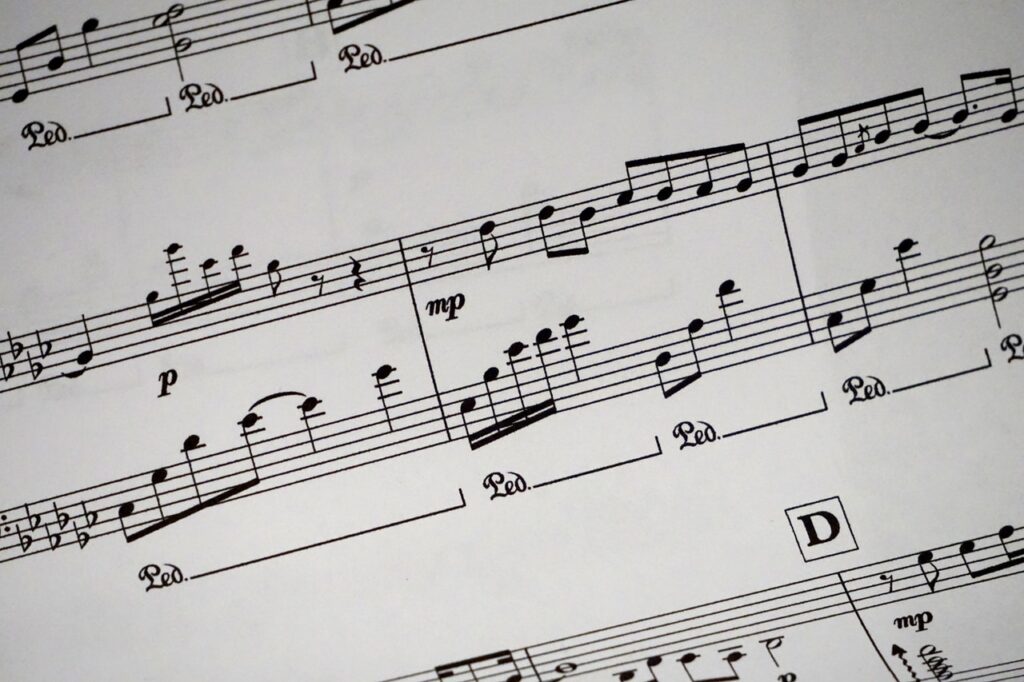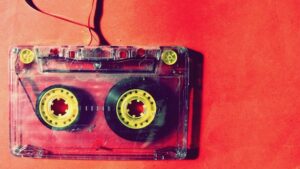Music can help with autism!
Music is an ancient form of communication that is inherent in all human cultures. It does not require people to have verbal abilities and can be adapted to meet the needs of each person’s tastes. This is a language of art that goes beyond words and speaks in clear images and emotions.
This article will focus on how music can help children with autism.
What is autism?
This disorder arises from brain development disorders and is characterized by a pronounced and comprehensive shortage of social interaction and communication and limited interests and repetitive actions. Usually, all these signs begin to manifest themselves before the age of three. Similar conditions in which milder signs and symptoms are noted are attributed to autism spectrum disorders (ASD).
The causes of autism are closely related to genes that affect the maturation of synaptic bonds in the brain, but the genetics of the disease is complex, and at the moment, it is not clear what affects the emergence of autism spectrum disorders more: the interaction of many genes or rare mutations.
Common symptoms are the following:
- Speech impairment.
- Lack of emotional contact with people.
- Problems with socialization.
- Aggression attacks.
- Weak interest in toys.
- Stereotypical behavior, fear of change.
Why do autistic people need music therapy?
Music is so multifaceted that you can choose the type of music that suits any person. Music is a creative environment that allows children to safely explore new things and be spontaneous, this magic wand that can heal the soul. It is known that such special children find better contact with simple objects than with people, so they will perfectly find contact with musical instruments. Acquaintance with the world through music causes a lively response in their souls.
As you know, music therapy is a psychotherapeutic direction based on the therapeutic effect of music on the psychological state of a person. In nature, everything is subordinated to certain internal rhythms, and only the human psyche is non-rhythmic. In this sense, music helps a person to give rhythm and harmony to his own mental life.
Music and autism are very interesting topics. In autism, scientists often study problems with social communication, obsessive thoughts, and behavior, rigidity (lack of reaction to stimuli), problems with sensory perception. Suppose we study the understanding of music in autism. In that case, we will better understand how people with autism behave and develop and learn their emotional features and aesthetic preferences.

Interacting with adults and children with autism spectrum disorders, the therapist helps them gain some musical experience, reduce anxiety and even develop new communication skills. It is known that music in children with autism relieves irritation, stimulates intellectual development, sharpens attention, develops memory and speech. Music therapy contributes to the formation of new neural connections in the brain.
It is important to note that music therapy is not the same as teaching music. If your goal is to build a child’s vocal or musical instrument skills, then you need to find the appropriate teacher instead of or in addition to a music therapist.
The music therapist individually selects such a musical experience that causes a response from a particular person, contributing to the establishment of personal connections and strengthening trust.
What does a music therapist do for autistic people?
After assessing the strengths and needs of each person, music therapists begin to develop a treatment plan with certain goals and objectives and then provide appropriate treatment. They work with clients both individually and in small groups, using various musical instruments, music styles, and techniques.
According to the National Society of Autism (Great Britain), music therapists can do the following:
- Rely on spontaneous musical improvisation. The therapist uses percussion or customizable musical instruments and his voice to respond creatively to the sounds made by the client and encourage people to create their musical language. The goal is to achieve a sound context in which the student feels comfortable and confident to express himself, to experience a wider range of emotions, and feel bilateral communication.
- Use simple songs, musical works, or styles according to the client’s mood, clinical needs, and level of development at a particular time. One should not place music as therapy in a standard therapeutic framework; it does not even require the use of words.
A good specialist should also develop strategies that a person can implement at home or school.
It is known that people with autism are very sensitive to emotions in music, and their brain seems to process musical information. Art helps them with interpersonal interaction, language, and understanding of emotions. The perception of music in autism is very diverse, and one cannot say that it is somehow different from the perception of music by neurotypical people.
People with autism recognize anger very well in music but worse in facial expressions and voice. Moreover, it is difficult for them to recognize anger in themselves. Even if they understand that they are emotionally excited and can say, “I was insulted” or “I saw someone behave badly,” they will not be able to associate it with anger as an emotion. Music can really help with this.
As you can see, music is a real treasure that is used not only for relaxation and satisfaction but also for healing the human soul.

No Comments